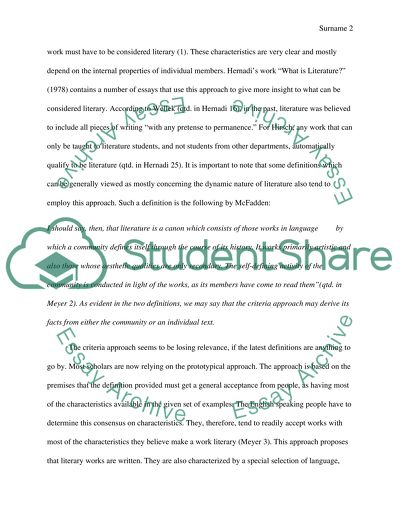Cite this document
(“What is Literature Essay Example | Topics and Well Written Essays - 1250 words”, n.d.)
Retrieved from https://studentshare.org/literature/1393903-research-paper
Retrieved from https://studentshare.org/literature/1393903-research-paper
(What Is Literature Essay Example | Topics and Well Written Essays - 1250 Words)
https://studentshare.org/literature/1393903-research-paper.
https://studentshare.org/literature/1393903-research-paper.
“What Is Literature Essay Example | Topics and Well Written Essays - 1250 Words”, n.d. https://studentshare.org/literature/1393903-research-paper.


